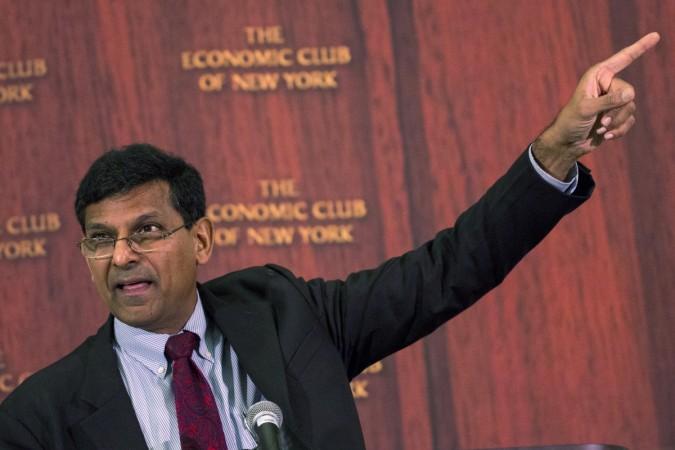
The Reserve Bank of India (RBI) is widely expected to cut repo rate by 25 basis points on 2 June, but the room for further rate cut seems to be limited beyond this meeting.
Markets are factoring in easing inflation, slowing investment and declining industrial production as the main reasons for the RBI rate cut on Tuesday.
"We expect the RBI to cut the repo rate by 25 basis points, but the tone of the statement will be cautious on the inflation trajectory," Soumya Kanti Ghosh, State Bank of India's chief economic adviser, told Reuters.
RBI had kept key rates unchanged in its April meeting, waiting to see how inflationary pressure evolves in the months ahead.
But the scope for rate cuts after June meeting appears to be slim as projected lower foodgrain production, chances of a below-normal monsoon rainfall for a second consecutive year and steady rise in global crude oil prices are expected to pressurise inflation to go up, even though some ease was observed in the recent months.
"If the monsoon is worse than feared, this will severely constrain the RBI's ability to ease policy over the medium-term, seeing that its CPI targets would be at risk," HSBC told DNA.
HSBC has said that the El Nino conditions could make it difficult for the Reserve Bank of India (RBI) to cut key policy rates beyond its June meeting. The El Nino effect could lead to below-normal rains, bringing down agricultural output and raising the spectre of food inflation.
Besides, the Indian Meteorological Department (IMD) has predicted a below-normal monsoon rainfall this year. A strong El Nino will severely affect countries that are highly dependent on agriculture, especially India.
"Overall, beyond June's rate cut, the room for further easing will narrow," Radhika Rao, Economist, DBS Bank, told The Financial Express.
"Key risks on the horizon include a gradual rupee depreciation in the quarters ahead, prospects of a weak monsoon (and related need for fiscal support) and commodity price rebound," she said.
In the coming months, a major risk for RBI is the expected interest rate hike by the US central bank, which may lead to huge capital outflows pressurising the rupee. In such conditions, a rate cut would become a big negative for rupee.
"We believe RBI is likely to pause after this week's cut and monitor the monsoon rains and the impact of potential US Fed rate hikes before resuming rate cutting cycle, most likely in 2016," said Barclays Capital in a note.








